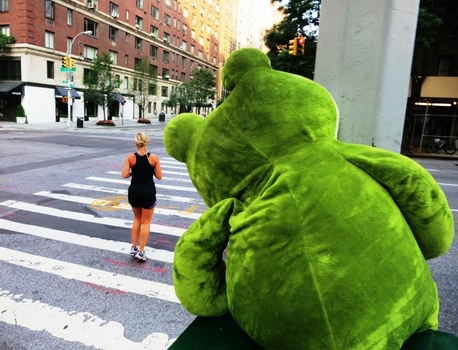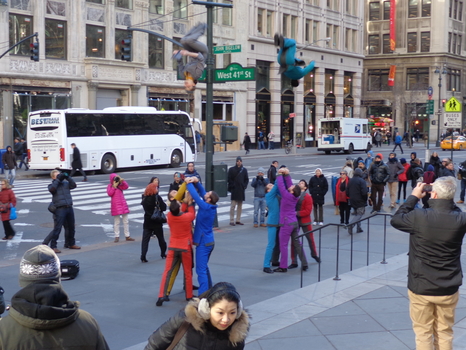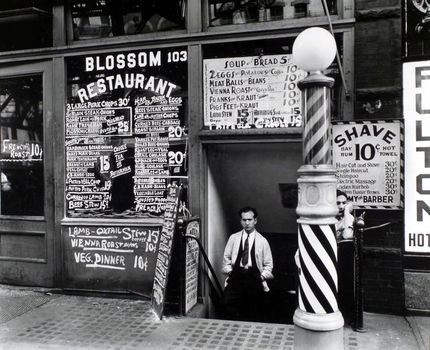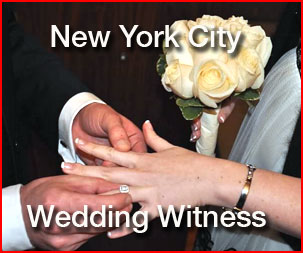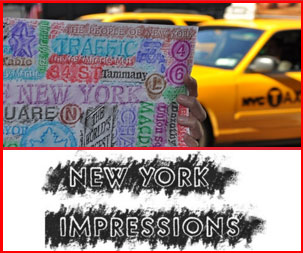I am afraid I have upset some of my most loyal readers with my oft-made jabs at Sex and the City: The Movie (I’m talking about the first movie here—I think we can all agree that Part 2 was…umm…horrendous). Listen, I’m amazed that anyone takes time out of their precious week to read my blog, and for god’s sake the last thing I want to do is piss them off. That said, let me extrapolate on my beef with the film so that we can clear the air and move on…
Art and Artifice in Popular Culture (or, Why I Hate the Movie)
Sex and the City, the HBO television series, is a valid, vital work of contemporary art. Sex and the City: The Movie is a vapid example of Hollywood artifice. To condemn the series on the basis of the film is to ignore a serious cultural accomplishment; to adore the film simply because you value the show is equally careless.
The reasons for the show’s greatness are simple: superb writing brought to fruition by nuanced directing and acting. To truly appreciate the artistry, you need to give the series the same attention you would devote to serious cinema. First of all, the work must be considered as a whole. Although it is impractical to watch all 47 hours of SATC in one sitting, the episodes aremeant to be watched in order and with a consciousness that the success of any one particular episode is only possible because of what was carefully crafted before. The complexities of the characters’ emotional lives build during each installment in delicate and subtle ways; lazily watching Sex and the City is a lot of fun—watching with more awareness is to truly give credit where credit is due. Women all over the world have turned to this show to help sort through the confusion of modern relationships—platonic, familial, and sexual. We continue to read about the day-in and day-out dramas of Elizabeth Bennett and Emma Bovary for the same reason that we continue to watch Carrie & Co.
The dismissal that the show is nothing more than a fashion show with cocktails is superficial. Yes, there are wow-factor clothes. But look again. Watch the episodes in order, in their original HBO format (NOT on TBS where half the show is edited out for commercials). The clothes give texture to the story. For instance, you will see Carrie very realistically carry the same purse for months, it functions as her current security blanket, a small material thing to hold on to and feel pleasant about while life changes uncontrollably around her. And then, when it doesn’t do the trick anymore, the purse will disappear. Just when the viewer has forgotten about it—a year, two years later—it will quietly resurface as Carrie subconsciously becomes nostalgic for that certain period in her life.
Because of my high regard for this show, I eagerly awaited the release of the 2008 film version. Michael Patrick King, the head writer on the series, took the movie project on alone—his first fatal mistake. The show had a team of writers under King, among them six women who would banter and brainstorm for months and then pull plot lines and emotional responses right from their very own experiences. There is no denying that King gave the ladies some of their funniest, bawdiest catchphrases over the years, tuckus lingus and funkyspunk come to mind, but he had Cindy Shupack and Jenny Bicks, among others, helping to shape the action. They made sure that the plot was always steeped in the realities of women’s daily lives. King, a gay man with no children, wrote the film script by himself—the plot of which revolves around the marriages, separations, and pregnancies of four straight women. The result is a series of juvenile, fairytale moments. Mr. Big leaves Carrie at the alter because she fails to look into his eyes when he mentally wills her to do so. Mr. Big wins Carrie back by emailing her a series of historical love letters written by famous, poetic men, though before she can open them she must uncover the secret password that will unlock their vaulted cyberspace inbox. Turns out, the password was “love” all along. If the Carrie of the series knew what the Carrie of the movie was getting herself into, she’d be mortified.
This is not to say that writers shouldn’t pen characters different from themselves. Michael Cunningham is a gay man with no children and look what he did with The Hours. Michael Patrick King, however, put his energy into giving his audience what he thought they wanted rather than doing what was best for the piece. Everyone involved with the production—from King, to costume designer Patricia Field, to Sarah Jessica Parker—made a point of telling the press that the determining factor for any decision in the film was the what-would-the-fans-want litmus test. For instance, King stated that he knew his audience would just love to see Carrie in a wedding dress and so he included a whole montage of her trying on wedding dresses for work—a wasted five minutes of screen time that did nothing to illuminate the story. In an effort to satisfy black viewers who wanted more representation, King hastily penned the role of Carrie’s personal assistant Louise, a character who is so under-developed that she only seems to intensify the racial divide.
There is a subtle difference between listening and responding to one’s audience and merely “giving them what they want.” Case and point: during seasons two and three, staff writer Cindy Chupack heard a lot of feedback from viewers that the characters were too slutty. She pondered this and then wrote an episode titled “Are We Sluts?” in which she began a grown-up dialogue addressing this very question. She did NOT, however, simply have the characters stop sleeping with men.
In other worlds: art creates conversation; artifice simply aims to please.


